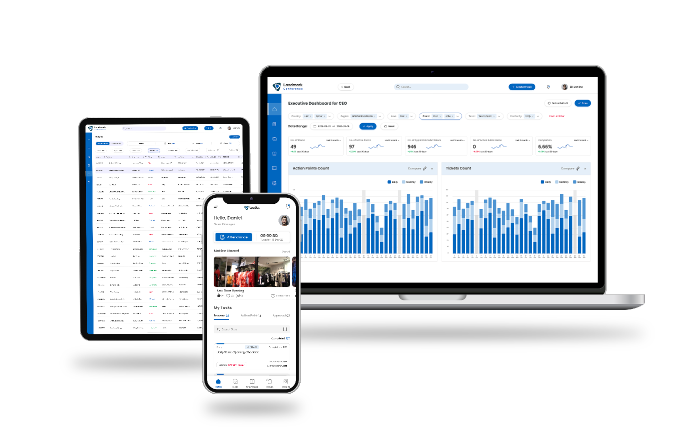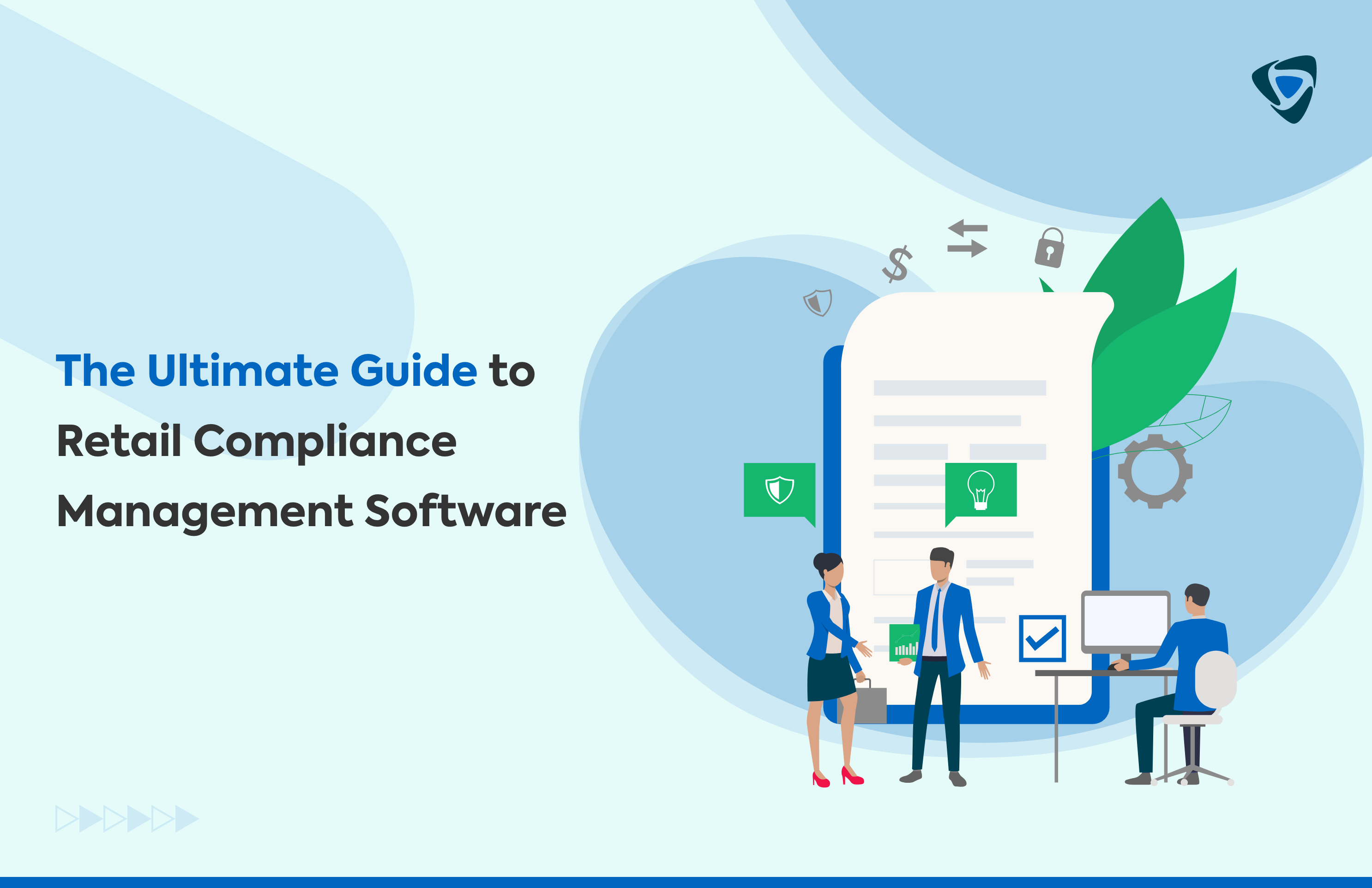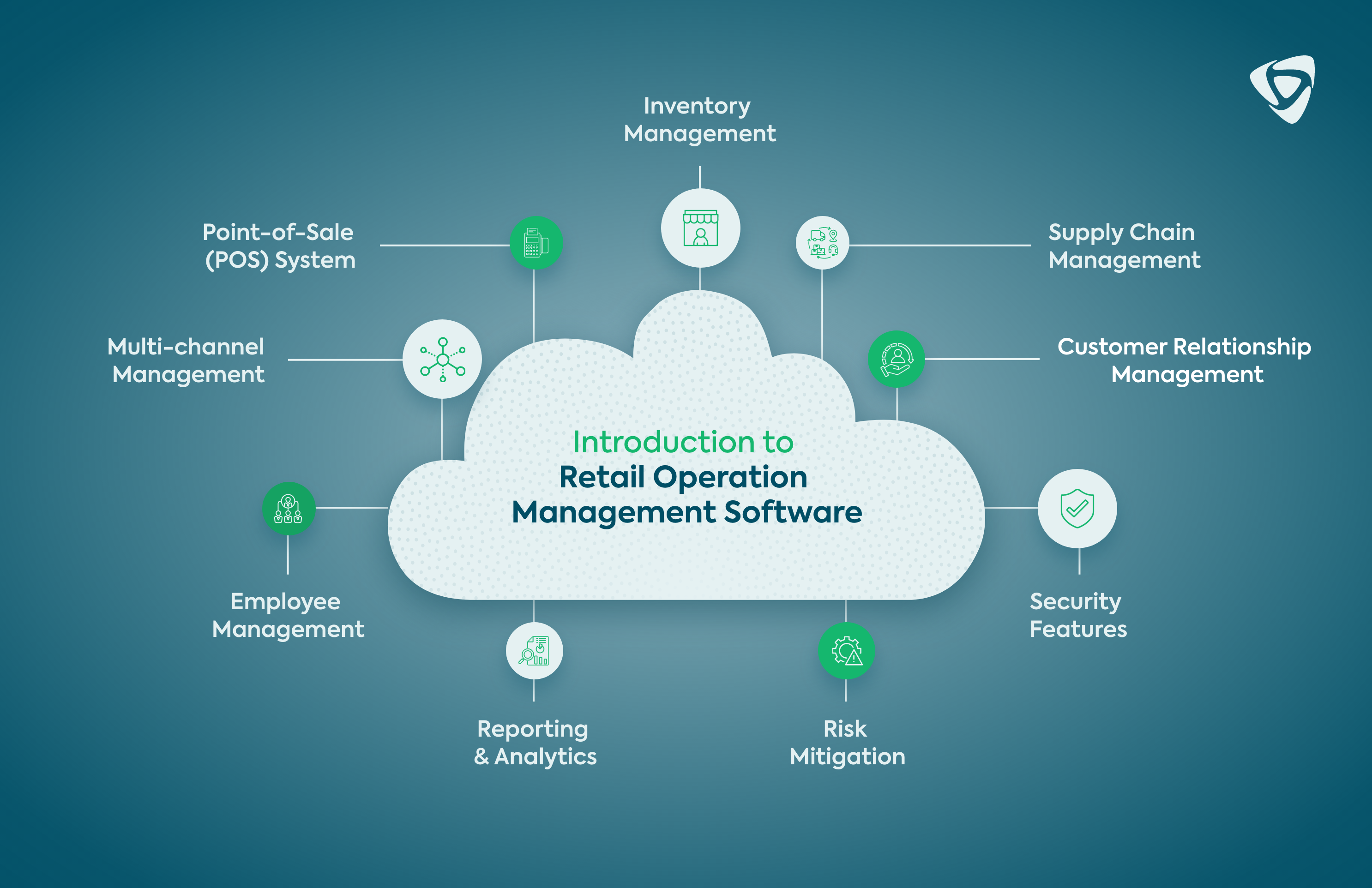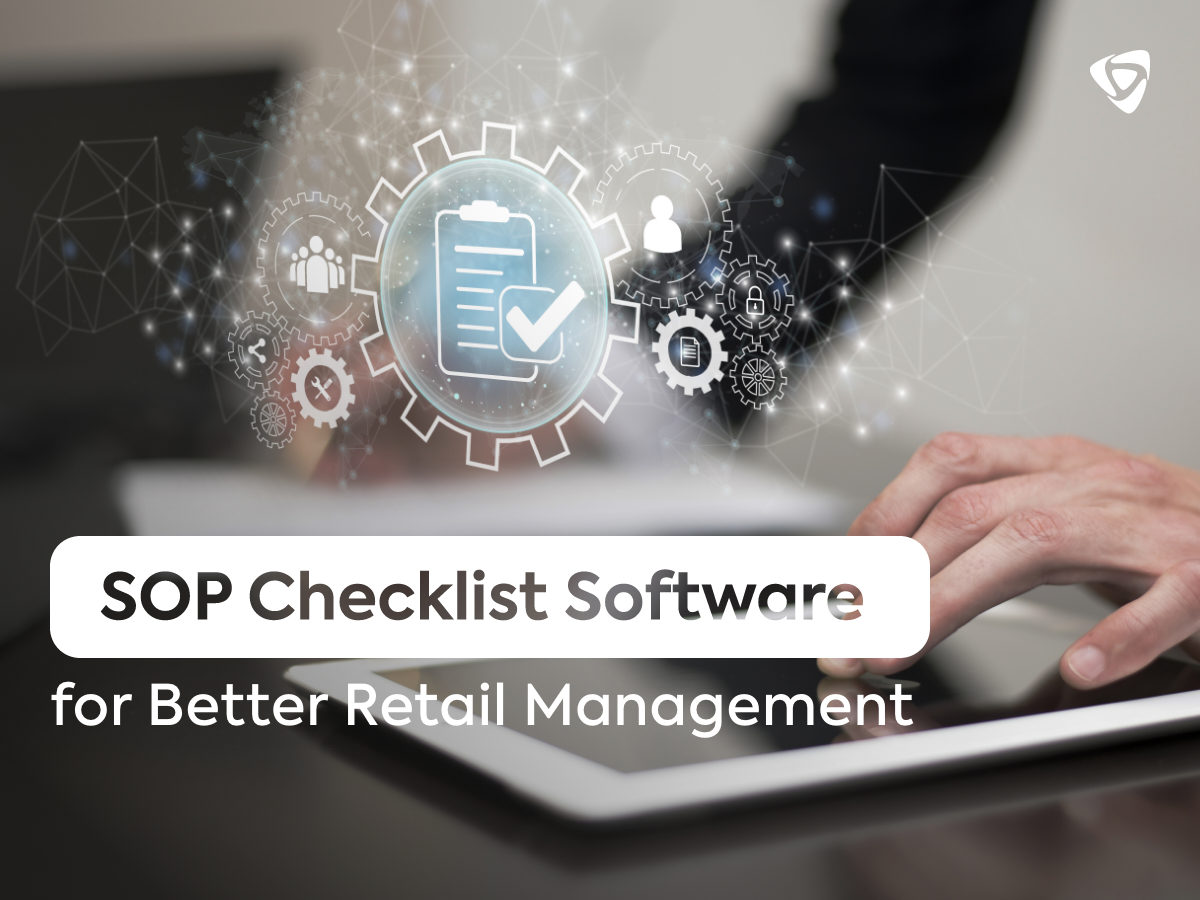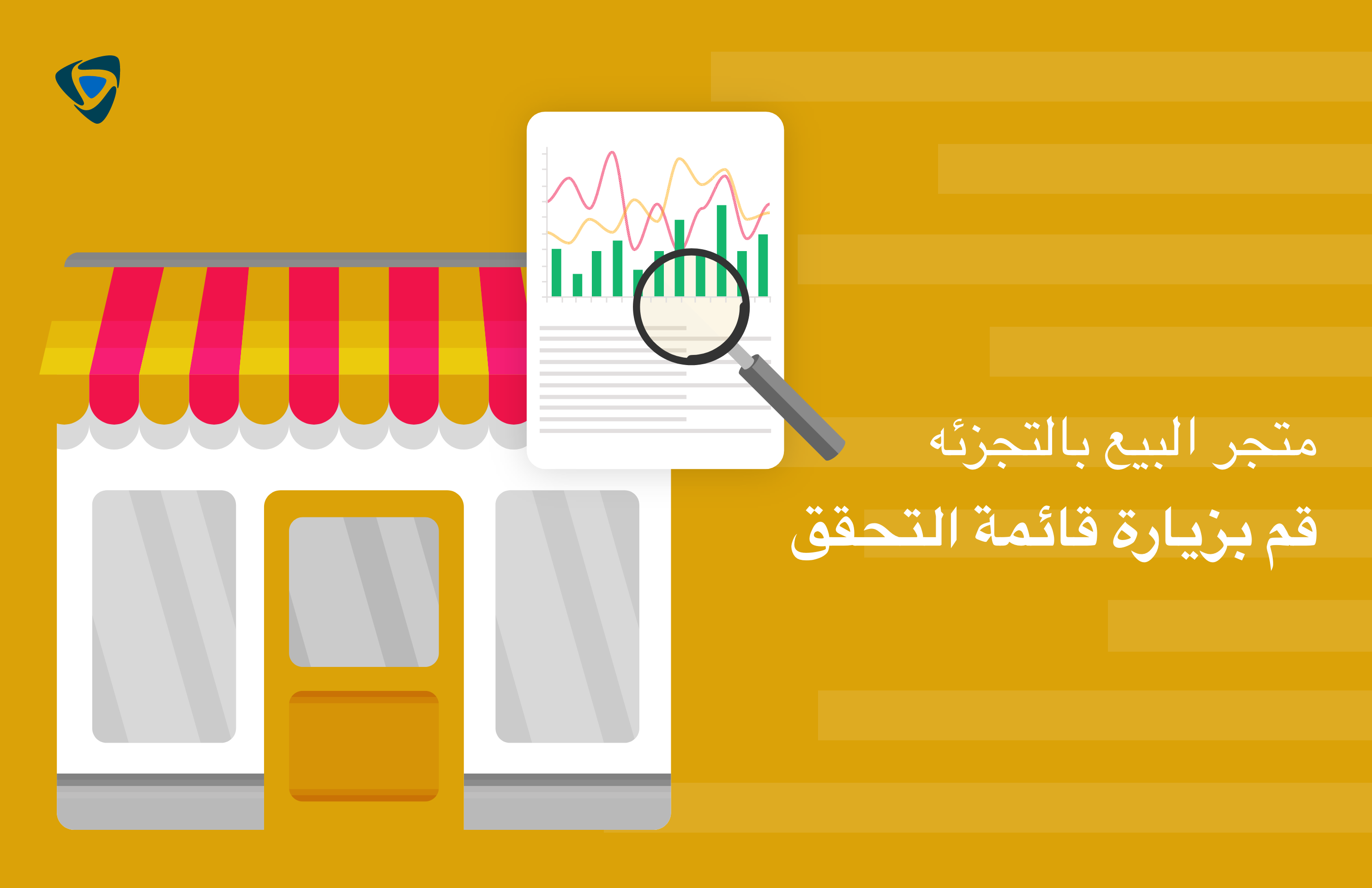Guide
Boost Efficiency with Retail Operation Auditing Software
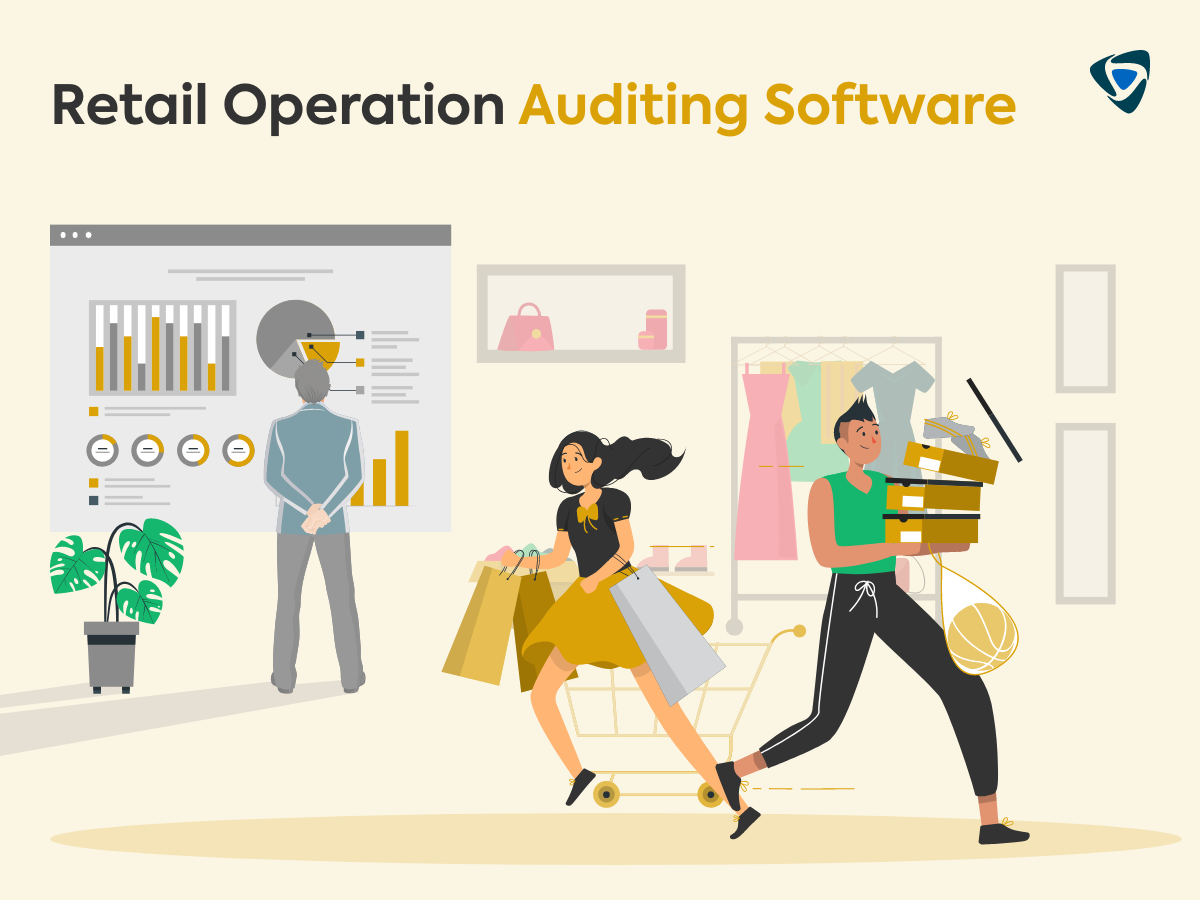
Retail Operation Auditing Software
Retail operation auditing software helps in the assessment of the store performance to find out the areas of improvement to enhance the performance and profitability of the retail stores. Retail operation auditing software like Taqtics is a solution tailored to meet the specific requirements of retail business. Taqtics streamlines data collection while auditing and prepares automated detailed reports, analysis, and data insights to make effective and informed decisions. Retail auditing refers to the process of evaluating the retail store operations, tasks, and processes and the assessment of the overall performance of the business.
However, Taqtics does more than streamline the auditing process, it is an all-in-one platform designed exclusively to meet the operational needs of a retail business like digital SOP checklists, training, Visual Merchandising, attendance, noticeboards, and more. Let us look at what is retail auditing software, its importance, how retail auditing functions for the betterment of retail stores, its importance, what to avoid while conducting retail audits, and how retail auditing software helps in conducting better store audits.
What Is Retail Auditing?
Retail auditing is like the routine health checkup for your retail stores to oversee their performance. This process assesses the areas of improvement, visual merchandising, SOP adherence, training requirements, and more. With a plethora of options for the customers to choose from, customers switching from one brand to another is increasing which means building a loyal customer base is a task that needs to be given a lot of attention. Since customers tend to gravitate towards brands that offer seamless and gratifying shopping experiences, it is important to keep the quality of the retail store in check at all times.
Traditionally, the retail audits were conducted using pen and paper checklist which gave rise to a pile of paper bundles that is never looked back. This method is costly, time-consuming, and doesn’t allow easy accessibility to the previous data collected. But today, we no longer need to follow these difficult methods of retail auditing. Thanks to technology, retail audits have never been this accurate, smart, and efficient!
Retail Store Audit Software
Say goodbye to neverending piles of paper-based audit checklists and time-consuming reports! Switch to retail operation auditing software! Access store auditing checklists anytime, anywhere on any of your smart devices to conduct the audit process. Evaluate SOP adherence, hygiene, problem-solving, visual merchandising, safety, issue ticketing, following brand standards, customer service, and more efficiently with store operation auditing software like Taqtics.
With Taqtics, you no longer need to sit for hours creating audit reports, once the data is collected, Taqtics prepares detailed automated audit reports and data insights so that you can spend more time on finding areas of improvement and making informed decisions. This technology-driven store auditing approach streamlines store performance, improves customer experience, and ensures overall success at every retail store outlet.
What Is The Function Of Retail Audits?
Retail operation store audits evaluate the different aspects of a retail store like SOP adherence, visual merchandising, training, customer service, issue ticketing, product knowledge, sales techniques, and so on across different store outlets. It finds the areas that need extra attention or areas that need improvement and offers corrective tasks based on the performance of each store outlet. Sometimes, the stores received a notice regarding the upcoming store audit while other times there would be surprise store audits to understand the real-time performance of the stores. These critical functions of retail audits contribute consistently to the growth and success of retail stores.
What Are The Types Of Retail Audit?
Different types of retail operation store audits are conducted in a retail store regularly focusing on different aspects of the store. Let us take a look at the top 4 most important types of retail operation store audits.
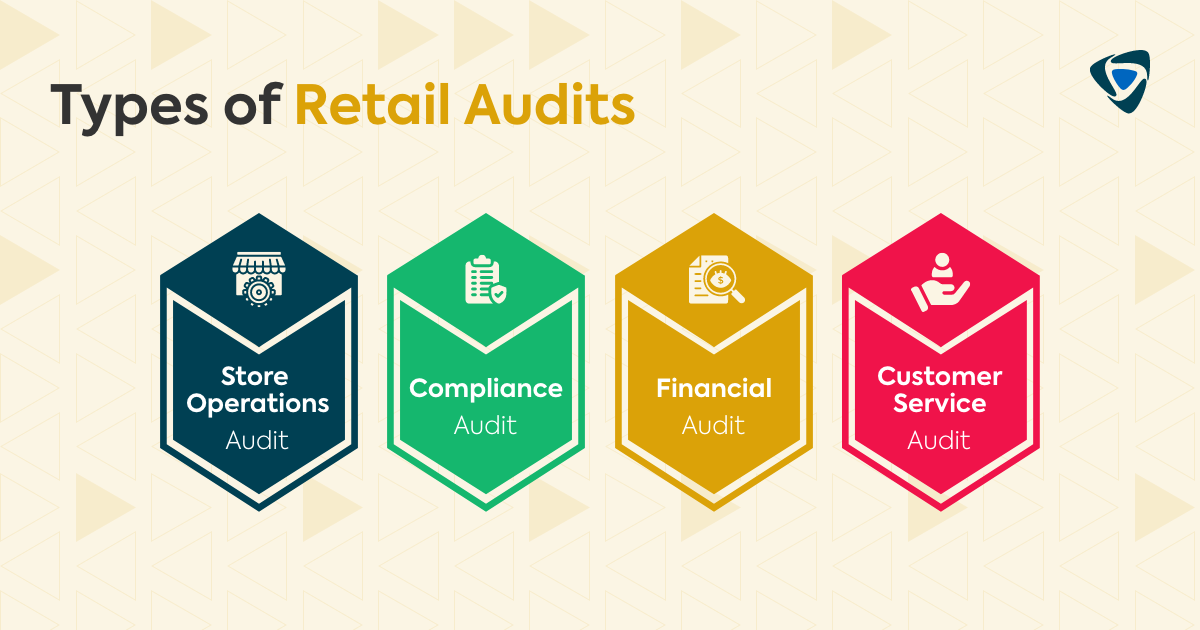
- Store Operations & Compliance Audit
Store operations and compliance audits focus on the everyday routine tasks, checklist completion, and SOP adherence of a store outlet. The purpose of this audit is to ensure that the store complies with its brand standards at every step of a business day catering to all the operational requirements and offering a consistent shopping experience. This audit includes evaluating the SOP checklists, product training, product knowledge, adherence to regulatory laws, cleanliness, visual merchandising, issue ticketing, and more.
- Financial Audit
Financial audits are one of the most crucial types of audits as they help the store ensure proper financial controls to maintain excellent financial integrity. Financial audits help in detecting and identifying any potential fraud or errors to help prevent financial losses in business. This type of audit also looks into the financial processes like how transactions are initiated, recorded, and processed to assess the areas that may need improvement. POS systems are an integral part of a retail store. Therefore, audits also review the POS systems to ensure that the retail store is recording sales correctly.
- Customer Service Audit
Customer service audits are conducted to assess the quality of customer service that is being offered by the store team members. This audit evaluates overall customer satisfaction factors like store member behavior, product knowledge, responsiveness, sales techniques, and more. Identifying the areas of improvement in customer service leads to consistently offering your shoppers an excellent experience. Most of the time, customer service audits are conducted unannounced for the auditors to get an accurate picture of the customer service experience.
- Health And Safety Audits
Health and safety audits are very important in maintaining a safe and healthy in-store environment for both the store team members as well as the customers. In this auditing process, the store’s emergency equipment, availability, and functionality are evaluated. It also identifies any potential hazards at the workplace. This audit is crucial to ensure the safety and well-being of everyone.
These are the important types of retail operations store audits that constitute to an integral part of the consistent growth to provide an exceptional customer experience at all your store outlets.
What Are The Elements Of Retail Auditing?
The assessment of compliance with brand standards, regulatory adherence, accounting practices, customer service and so on comprises the elements of retail auditing.
- Compliance: An efficient store audit helps the brand to understand the everyday SOP adherence and following of brand standards. This takes a closer look at everyday checklist tasks, product placement, promotional and marketing strategies, and so on. Sometimes, to understand the real-time performance of a retail store, surprise store audits are conducted by auditing managers.
- Store Operational Issues: Audits help to get to the bottom of any bottlenecks or operational issues that need to be addressed and resolved for the improved performance of the retail stores. Auditors focus on the store operations, maintenance, inventory management, customer service, and issue management to get a better understanding and assessment of the store’s operational issues.
- Customer Experience: Retail operations store audits play a crucial role in understanding the real-time shopping experience of the customers while visiting your retail store outlet. This gives insights into the ups and downs of your store’s customer service performance and customer experience to make the right decisions for betterment.
- Informed Decisions: The carefully collected auditing data from every retail store gives the auditors insights to make data-driven decisions exclusively for each store outlet. These decisions are made in different areas of a retail store outlet like pricing, customer service, visual merchandising, interior of the store, customer engagement, staff training, and so on.
These elements undergo thorough audits as part of retail operation store audit as part if store audits. Sometimes, the auditors conduct two or more audits simultaneously.
Mistakes To Avoid When Conducting A Retail Audit
There are several important mistakes to avoid that make the store audits ineffective towards the better performance of the retail stores. Let us look at the most common errors made while conducting audits.
- Manual Audits
Manual audits are a costly and time-consuming process more prone to human errors. Firstly, paper-based checklists need to be created and printed. The piles of audit checklists are prone to go missing, torn, thrown away by mistake, etc. After the time-consuming process of collecting data, extra time needs to be spent on entering this data into the spreadsheets. Again, this can cause human errors while entering important auditing data which causes issues to be overlooked.
Therefore, digitizing audits is the best solution to overcome the challenges that come along with manual paper-based checklists. Retail operations audit software helps you to conduct store audits efficiently by reducing human errors, keeping the collected data safe, and creating automated data reports.
- Improper Data Documentation
Keeping piles of paper-based audit checklists on track till the data is recorded is quite the hassle. The papers can go missing, lost, thrown away by mistake, become unreadable if something gets spilt and the list goes on. When it comes to manually recording the data, it is again prone to a lot of human errors and it takes a lot of time to record the data of multiple audit checklists at every store store outlet. This can lead to wrong decisions, misunderstandings, and disputes between the auditors and management regarding the performance of the stores.
Digital audits work best as a solution to conduct hassle-free audits and reports. Retail operation audit software like Taqtics enables you to create an audit checklist on any smart device. All the data you enter about different store outlets is kept safe and you can automate reports in no time with actionable insights.
- Leaving Follow Up Actions Unmonitored
When a store audit is happening at a store, the auditor or the manager notes down many areas of improvement at the retail store for it to perform better. Then, the auditor creates a list of action points as an addition to the daily operating process to focus on the areas of improvement. Most commonly what happens is, the store team members might not pay heed to the new tasks and keep continuing what they used to do before. That’s why it’s important to monitor if the action points are being conducted at every store. Without proper action of the actionable insights, the audit is not useful for the store.
Avoid these common mistakes to prevent conducting counterproductive audits. By staying away from these errors, ensure that you conduct well-rounded audits to escalate the growth and development of the retail store.
Importance Of Doing A Retail Audit
Retail audits can improve consumer satisfaction in-store, enhance sales, expand market share, and guarantee that shops are adhering to your merchandising guidelines.
- Increase Revenue
The store audit data gives detailed analysis and insights into the promotions and visual merchandising responses from the customers. The management can make smart decisions based on predictive forecasting. Store audits also give actionable insights into the areas of improvement. All these factors consistently add to the market share growth and profitability.
- Better Store Compliance
Visual merchandising, signage, promotions, store displays, and more are carefully created by branding team members to promote the retail store and its products. Evaluating adherence to product placement, price, and promotional terms is crucial as It guarantees that retailers to determine whether they were successful or unsuccessful and calculate its percentage.
- Optimize The Consumer Experience
In today’s retail environment, the in-store shopping experiences are just as important as the products themselves. Providing an excellent personalized customer experience can help a company stand out amid the sea of innumerable options. Retail audits examine customers’ interactions with brands and in-store team members to understand better.
A retail audit plays an important role because it helps businesses identify areas for improvement which improves customer satisfaction and profitability. Businesses can make informed decisions for their retail stores and drive continuous growth in their retail operations with the help of effective audits.
How To Implement A Retail Audit Program?
Begin with defining the goals of the audit clearly. Create audit checklists so as not to miss out on any important areas while conducting the audits. Conduct regular audits, analyze the findings, and make actionable recommendations based on the results. Ensure to consistently monitor if the action points are being executed properly at the retail store. These are the most important factors to cannot miss when trying to implement an audit program for your retail business.
- Schedule
Schedule the audit in preparation for the actual auditing. Make sure all the auditing checklists are ready. Decide if you want to conduct an announced or unannounced audit to see and send out the notification to the stores if you decide it’s an announced audit.
- Preparation
Familiarize yourself with the past audit data of each store and go through the updated information about the stores. Check the status of corrective actions assigned from the last audit. Look for any changes from the history of the store audits
- Go Digital
Digitize your audits and instead of carrying paper-based checklists in bulk, get all the store checklists on your smartphone, laptop, or tablet. Taqtics is a user-friendly platform very much usable for conducting audits and generating automated reports.
- Take Photos For Better Understanding
The traditional way of paper-based manual checklists does not allow to use of data collection in any form other than checklists. However, that is not the case with digital checklists where you can use photos or video format for data collection. Photos give a better understanding of the audit. Taqtics has a live photo feature with its digital audit checklist to pictures as needed.
Implementing a good audit checklist requires carefully planning the objectives of the audit and creating a checklist accordingly. This approach towards auditing ensures that your auditing helps you stay on top of your business.
How to do a retail audit?
Conducting a successful retail store audit requires a set of clear objectives, thorough assessments, and reports with actionable insights. Here are the steps on how to build a checklist for store audits.
- Objective: Define the aim of the retail audit clearly. Determining what are the results you want to achieve by conducting store audits.
- Create an Audit Checklist: Based on the objectives, create a checklist that summarizes all the areas you need to focus on while auditing. The checklist should cover areas like brand standards adherence, customer service, financial control, health, safety, and so on.
- Scheduling and Data Collection: Schedule the day and time on which you would like to conduct the audit. If it is an announced audit, then notify the stores prior. Go down to the store on the scheduled date and collect data using the checklist prepared ensuring you are not missing out on anything.
- Data Analysis and Audit Reports: Once the required data is collected, analyze the collected data to find out areas of improvement, non-compliance issues, or problem patterns or trends. Use the data insights to create the audit report results and actionable recommendations.
- Monitor Actionable Tasks Follow-Up: Once the audit report is set with actionable insights. Assign the actionable tasks recommended by the audit report to the store teams. Ensure to closely keep the stores in check monitoring if the action points for improvements are being executed correctly and consistently.
Following these steps will help you create an effective audit checklist. Use retail operation audit software like Taqtics to collect data in form of photos and create automated reports in no time.
 Schedule A Demo
Schedule A Demo 


